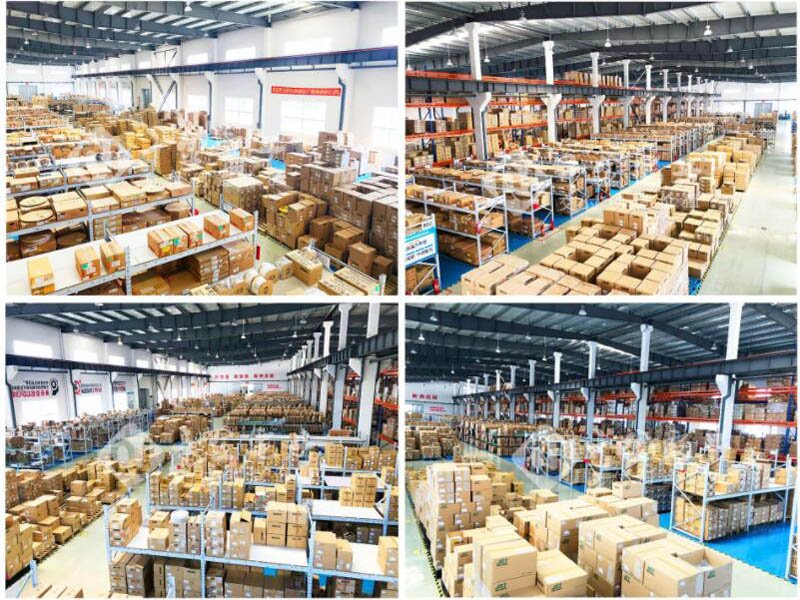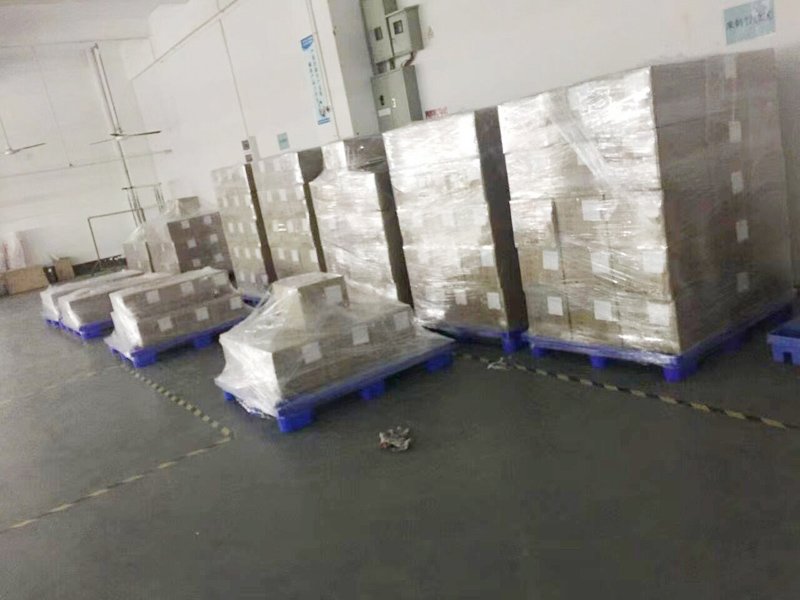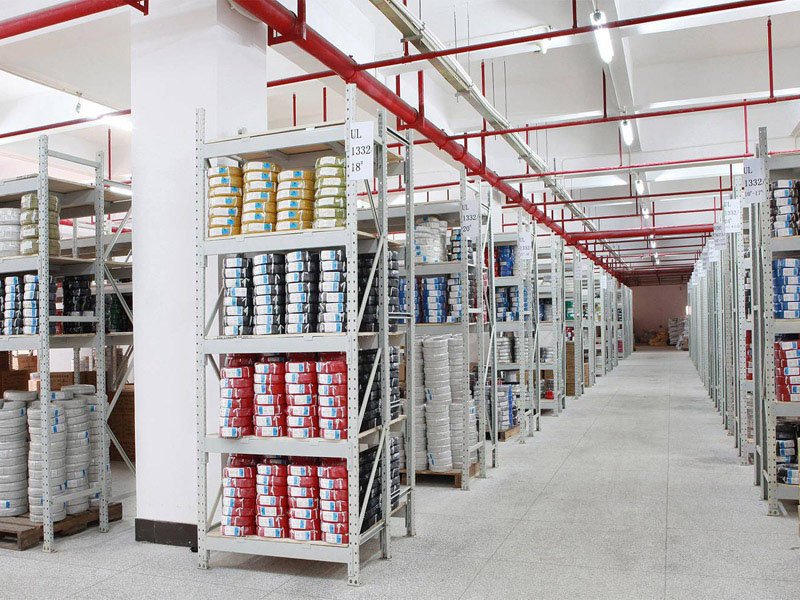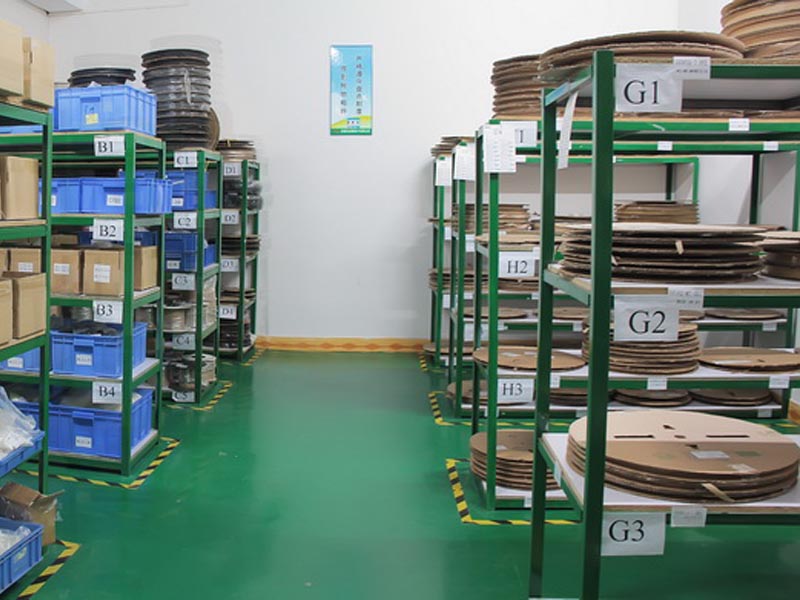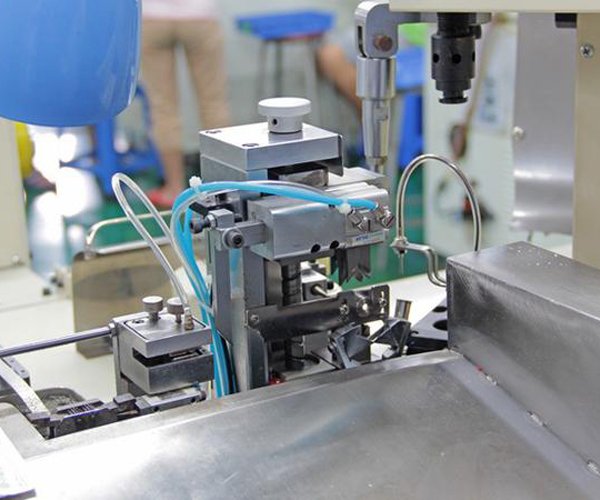Home Appliance Wiring Harness Manufacturer










Sewing Machine Wire Harness
QLCable Electronic produces a diverse range of sewing machine cables and harness assemblies for various applications, encompassing computerized sewing machines, mechanical sewing machines, industrial sewing machines, sewing machinery, embroidery machines, serger machines, mini electric sewing machines, and more.
- UL / VDE cable
- Custom length
- Cross / replacement connector is available
- LOW MOQ 50pcs accepted
- The prototype is available, lead time: 1-3 days
- Wire: 18awg (red, yellow, blue, black)
- Male crimp housing: 1×4, pitch: 5.08mm (disk drive conn.) TE #1 -480426-0 / Adamtech #DDH-04
- Male crimp contact: 14-20awg TE #60620-1 / Adamtech #DMC-01-R
- Housing: 10 circ., double row, pitch: 4.2mm MOLEX 0039012105 / TYU TY4281 HNO-2×05
- Crimp terminal: 18-22awg MOLEX 0039000213 / TYU TY4281TPH-A
- Housing: 3 circ. pitch: 3mm, micro-fit MOLEX 0436450300; TYU TY3085HNO-1×03
- Housing: 4 circ. pitch: 3.0mm MOLEX 0436450400; TYU TY3085HNO- 1×04
- Crimp terminal: 22 AWG MOLEX 0430300007; TYU TY3085TPH-A
Sewing Machine Wire Harness Summary
Sewing machine manufacturing is a complex process, which makes installing the wire harness a challenging task. The wire harness installation in a sewing machine is carried out efficiently to ensure that each compartment is properly equipped with the appropriate cables.
The sewing machine wire harness is designed to fulfill the operational requirements of the sewing machine system. The sewing machine cable assembly consists of various connectors and conductors that facilitate the flow of electricity during operations. Given the constant vibrations during sewing, the sewing machine wiring harness is meticulously designed to provide resistance against abrasion.
Properties of Sewing Machine Wire Harness
The sewing machine cable assembly is heavily insulated with PVC material to safeguard the cables from corrosion, water, and fluids, while also reducing friction and shock during machine operation. The button foot controllers in the sewing machine consist of multiple integrated combinations of cable wires.

The cable wires possess high flexibility and soldering capabilities, enabling them to be installed and secured in various configurations. They are short wires wrapped with tapes and bundled together in layers for smooth and effortless installation. Additionally, the cables are terminated with connectors at the end, facilitating easy electrical flow.

Furthermore, this flexibility in the sewing machine wiring harness enables space optimization, as the cable wires can be readily folded, minimizing the risks of short circuits and electrical fires. Additionally, it reduces installation time and leads to a standardized process.
The wiring harness connectors in the sewing machine are designed to fit snugly into the machine ports and can be effortlessly connected and disconnected during maintenance. They incorporate pins, connectors, and wiring hooks with an optimal diameter spacing that allows for the penetration of threads and strings used in sewing.

Moreover, the spacing accommodates the installation of needle pin connectors and rotation pins, which are crucial for the sewing machine. The sewing machine cable assembly can utilize UL AWG wires and includes comprehensive ground loops for buttons and microswitches on the control panel, facilitating seamless performance.
Benefits of the Sewing Machine Wire Harness
1.Reduces cluttering
The sewing machine wire harness minimizes wire clutter, providing space for organization and storage. It ensures neatness and cleanliness in the working area.
2.Add simplicity to the usage.
A single wire unit is more manageable than numerous individual wires; therefore, the sewing machine cable assembly facilitates bundled wires for a specific connection, minimizing the installation of multiple connection units and the inconvenience of keeping track of connectors for individual wires.

3.Minimizes time required for installation
Since the sewing machine wire harness comprises connectors that attach to a bundle of wires, installation time is reduced, thereby allocating more time for productivity.

